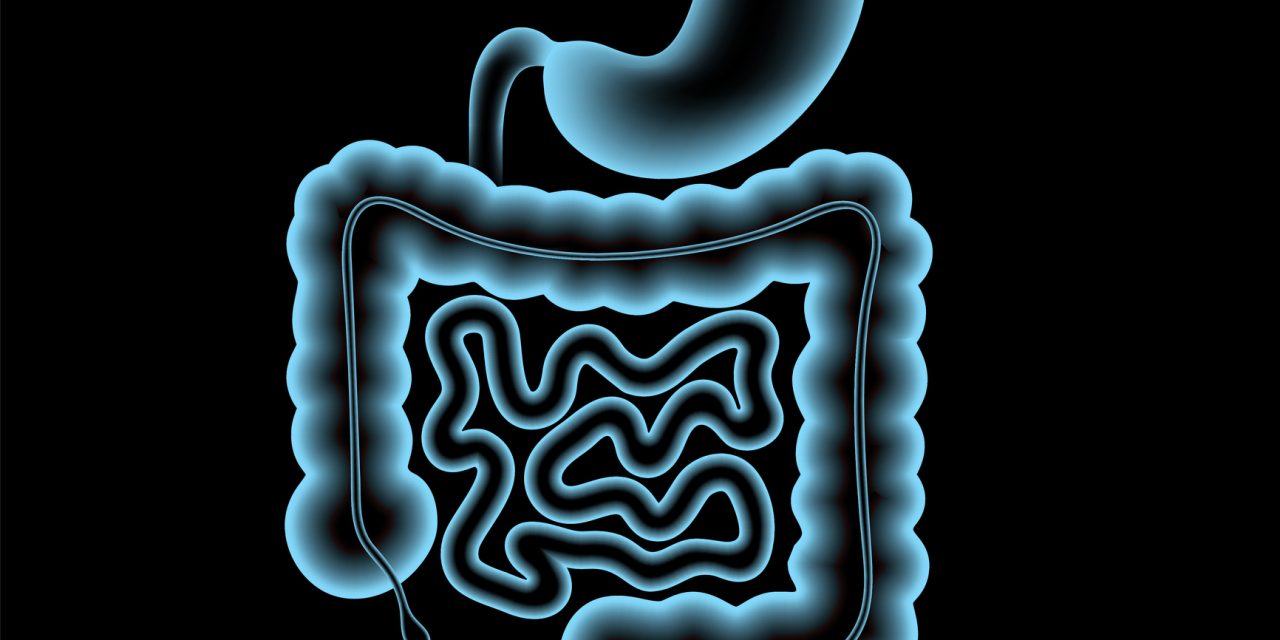Patients who require oral and/or enteral nourishment via nasogastric, gastric, or intestinal methods have a higher risk of calcium oxalate (CaOx) kidney stones. Nutritional supplements are typically produced from maize and/or soy, both of which are high in oxalate. Excessive oxalate intake (>45 mg urine oxalate/day) leads to hyperoxaluria and CaOx stones, especially when unopposed by simultaneous calcium consumption, gastrointestinal malabsorption is present, and/or oxalate degrading gut bacteria are limited or absent. For this study, researchers wanted to determine the oxalate content of regularly used commercial enteral nutrition formulas. Enteral feeding formulations were chosen from our clinical inpatient institution’s formulary. Ion chromatography was used to determine the oxalate content in many samples of each.
The oxalate content in 26 formulations ranged from 4 to 140 mg oxalate/L of formula, indicating a very varied oxalate concentration. There were no clear trends for different types of formulations (for example, flavored vs unflavored, high protein vs not). For all formulations, the coefficients of variance varied from 0.68% to 43% (mean SD 19% ± 12%; median 18%). Patients requiring nutrition assistance may get 12 to 150 mg oxalate/day or more, depending on the formula and amount administered, putting them at risk for hyperoxaluria and CaOx stones.
Reference:journals.lww.com/jpgn/Fulltext/2019/11000/Oxalate_Content_of_Enteral_Nutrition_Formulas.22.aspx


